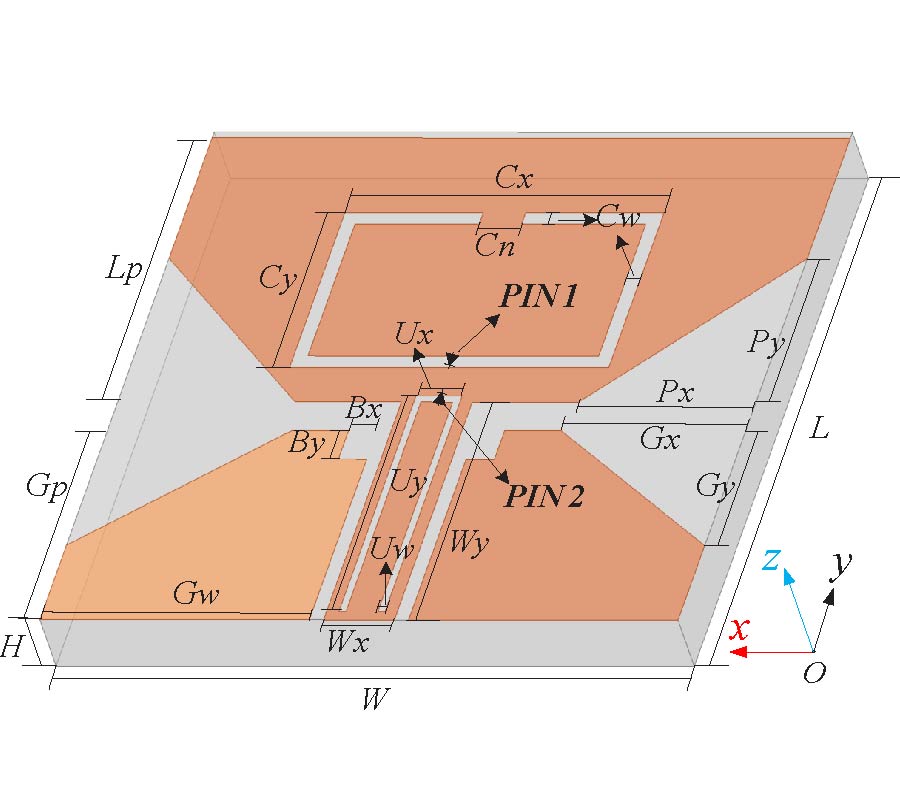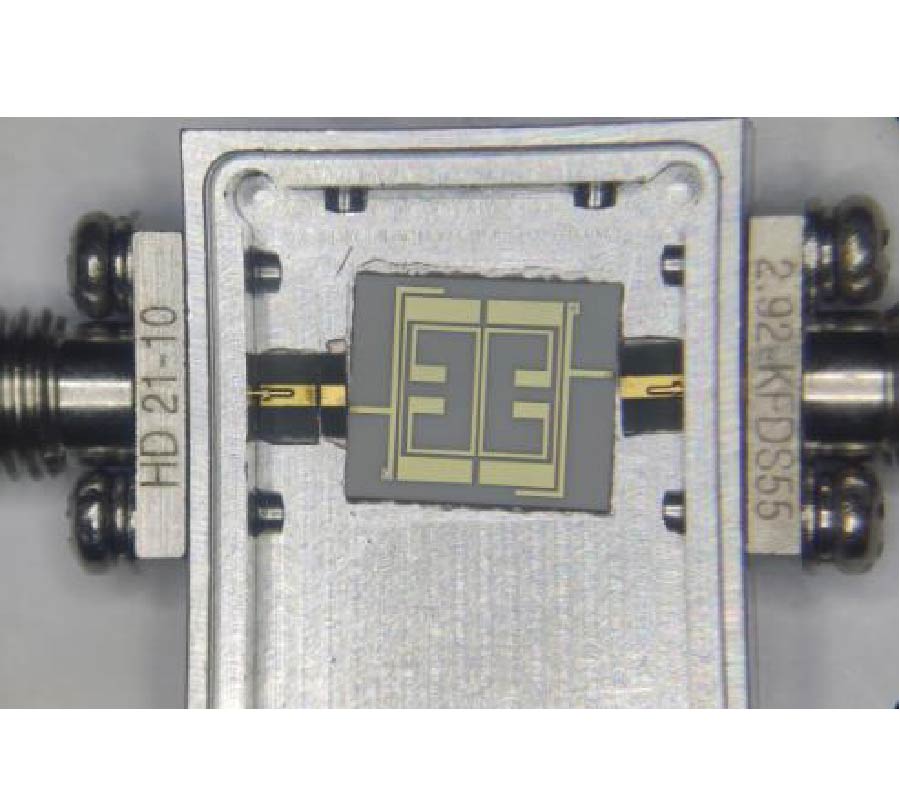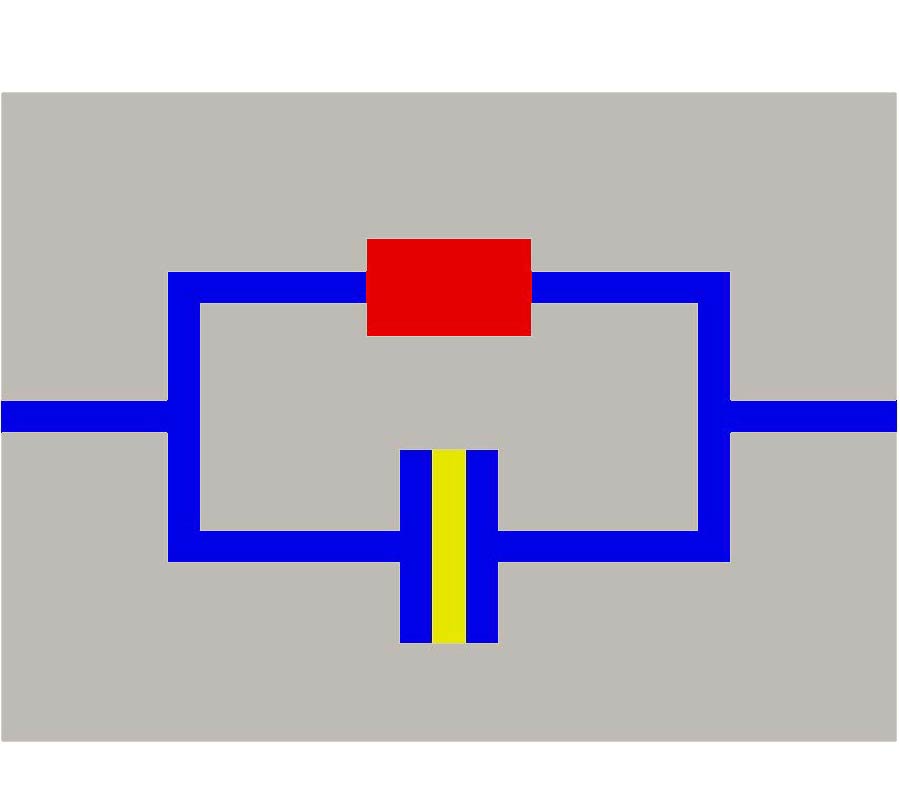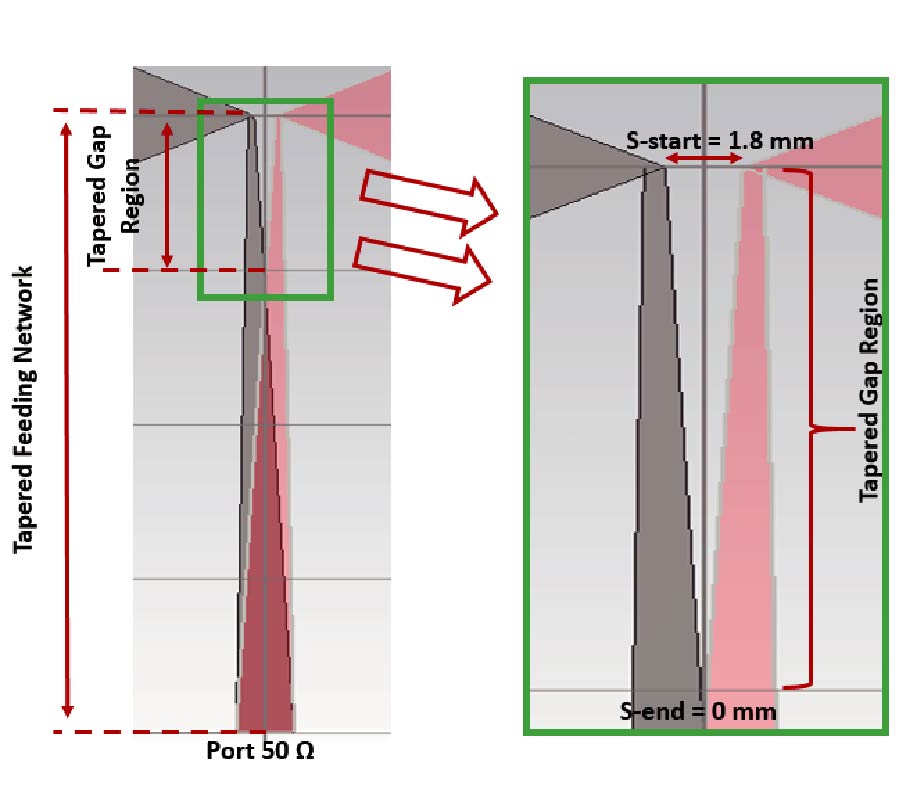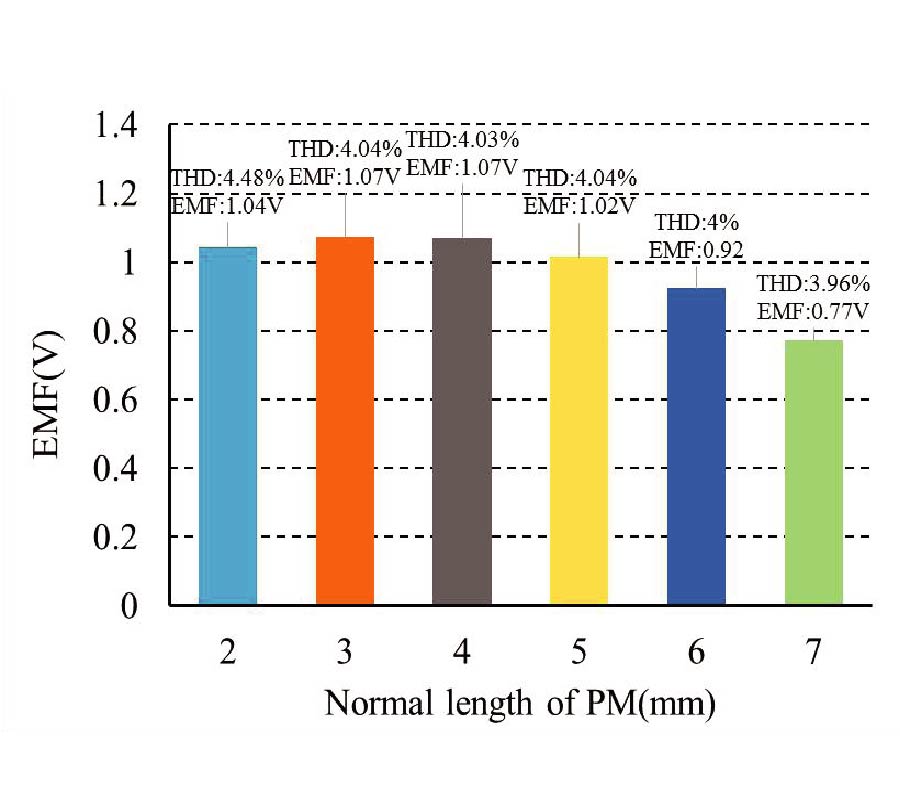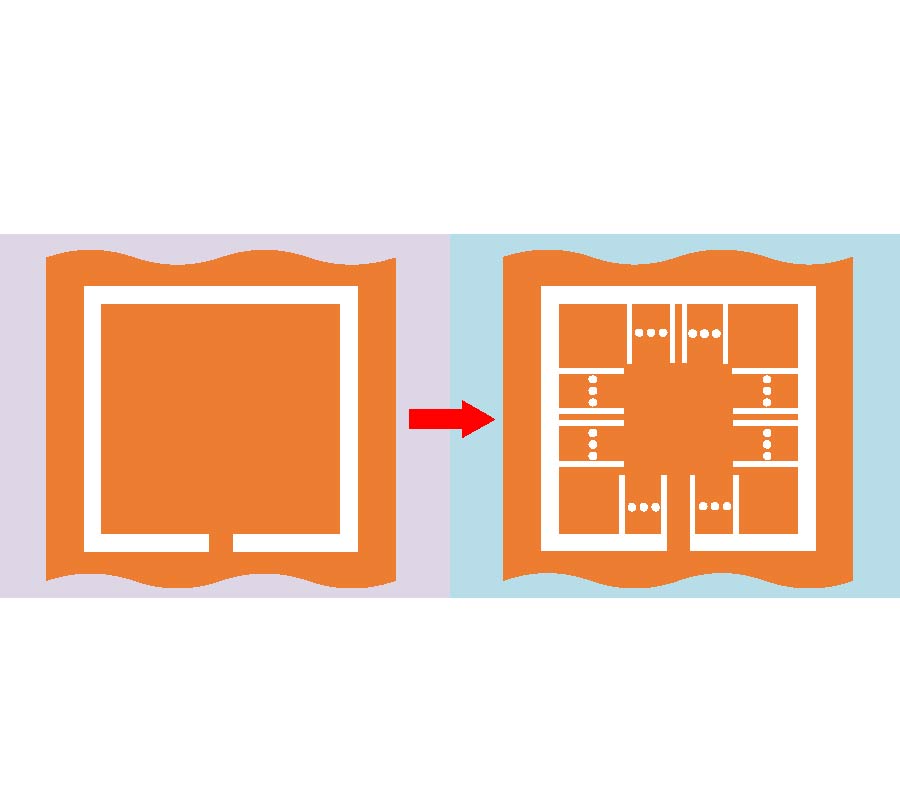Design of Y-Type Branch Broadband Dual-Polarization Antenna and C-Type Slot Line Notch Antenna
Yan Yan,
Lan Li,
Jifang Zhang,
Heming Hu,
Yonghao Zhu,
Hua Chen and
Qing Fang
In order to satisfy the requirements of 2G/3G/4G wireless communication, two kinds of base station antennas with wideband, dual-polarized and three-modes are proposed in this paper. Firstly, a pair of diamond dipoles is placed in an orthogonal way to realize dual-polarizations, then a pair of Y-shaped branches is added to generate a new mode. The Y-type coupling feeding can increase the impedance bandwidth without increasing the size of antenna. The antenna achieves an impedance bandwidth of 51.75% (1.69-2.87 GHz) with a return loss lower than -14 dB. The antenna also has a stable radiation performance. The gain is greater than 8.6 dBi, and the port isolation is less than -27 dB over the entire frequency band. Then based on above antenna, a C-type slot notched antenna is added to improve anti-interference ability. Finally, band stop characteristics are obtained by etching a C-type slot line resonator on two dipoles. The results show that the bandwidth is 1.7-2.69 GHz, and the sharp notched band is 1.8-1.95 GHz. The C-type slot line here can be regarded as a quarter wavelength resonator in series. Moreover, the isolation of the port is less than -28 dB, and the 3 dB beamwidth in the bandwidth is 66±5˚. Both antennas are fabricated and have dual polarizations, simple structure, and good radiation performance, which can be used in the next generation of wireless communication.

